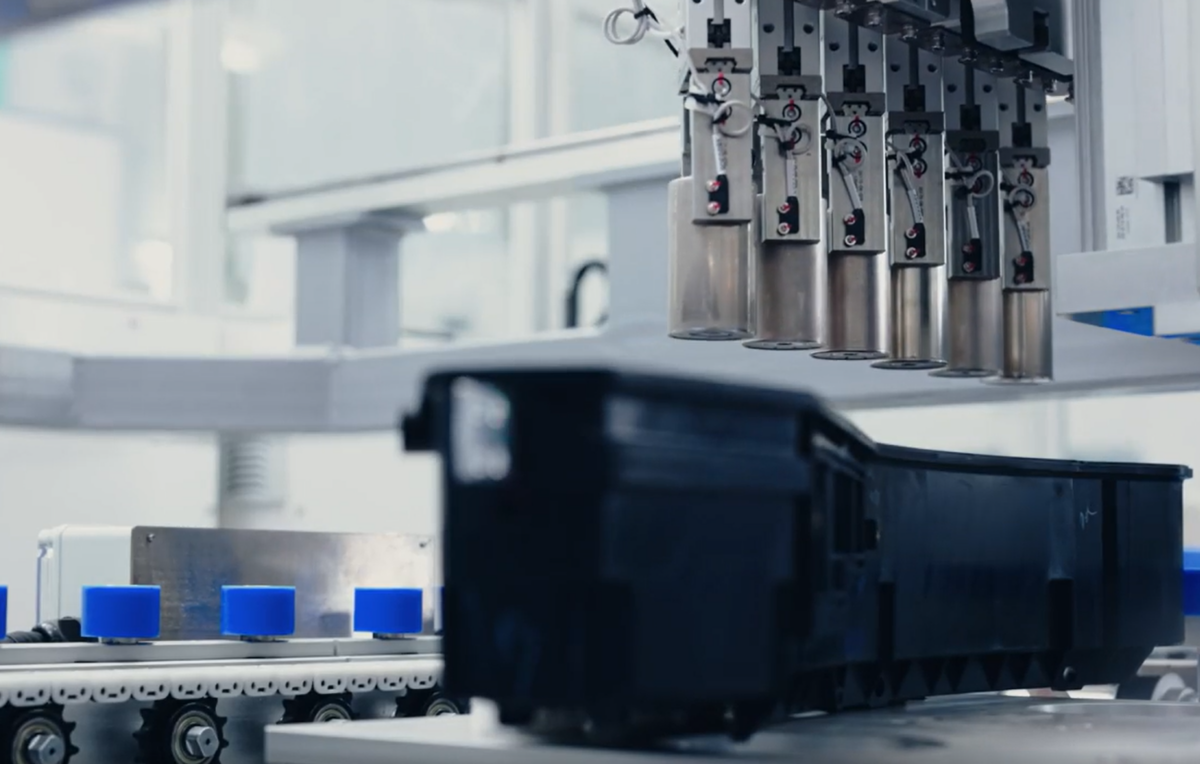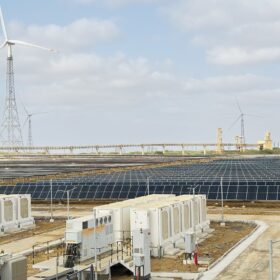Ola Electric is set to complete the installation of its 5 GWh lithium-ion battery cell manufacturing facility by the end of the current fiscal year (FY2025-26), as the EV manufacturer aims to strengthen competitiveness through vertical integration.
The company, with a current capacity of 1.4 GWh, began in-house production of its advanced 4680-format Bharat Cell this year and will start deploying the battery in its vehicles starting the second quarter.
At a battery pack size of 4 kWh per vehicle, Ola’s 1.4 GWh current capacity can support production of up to 300,000 EVs annually. Once the full 5 GWh facility is operational, it will enable up to 1.2 million vehicles annually.
The company says at 5 GWh scale, the cost of making the battery cell in house will be lower than procuring it from vendors.
On cost competition amid excess supply in China, the company stated, “in Lithium cells, input commodities like Li, Ni, and Mn constitute majority of the cost and largely follow global index prices. Conversion cost is a minor contributor and it also depends on manufacturing technology. Our in-house developed cutting edge 4680 process enables lower conversion cost. In addition, the biggest lever on lowering cost is technology—the ability to get more Wh out of the same kg, meaning more energy for the same cost. This is where our 4680 cell is already 10% better than state-of-the-art 2170 cells. As we scale towards 5 GWh, our input commodity cost will also reduce and conversion costs will get more operating leverage.”
Ola has also been testing version 2 of its 4680 cell, which has another 10-15% higher energy density. In addition, its LFP cell on the same platform is also under testing. “Both these will come into our products late next year further enhancing our product performance, lowering our costs and improving competitive advantage,” stated the company.
The total capital outlay for the 5 GWh facility is INR 2,800 crore, backed by an SBI-led consortium loan facility. Ola Electric has already invested INR 1,500 crore and expects to complete most of the remaining capex during the current financial year.
Given that the EV market has evolved slower in recent quarters, the company doesn’t foresee the need to expand beyond 5 GWh till FY 2029.
This content is protected by copyright and may not be reused. If you want to cooperate with us and would like to reuse some of our content, please contact: editors@pv-magazine.com.









By submitting this form you agree to pv magazine using your data for the purposes of publishing your comment.
Your personal data will only be disclosed or otherwise transmitted to third parties for the purposes of spam filtering or if this is necessary for technical maintenance of the website. Any other transfer to third parties will not take place unless this is justified on the basis of applicable data protection regulations or if pv magazine is legally obliged to do so.
You may revoke this consent at any time with effect for the future, in which case your personal data will be deleted immediately. Otherwise, your data will be deleted if pv magazine has processed your request or the purpose of data storage is fulfilled.
Further information on data privacy can be found in our Data Protection Policy.